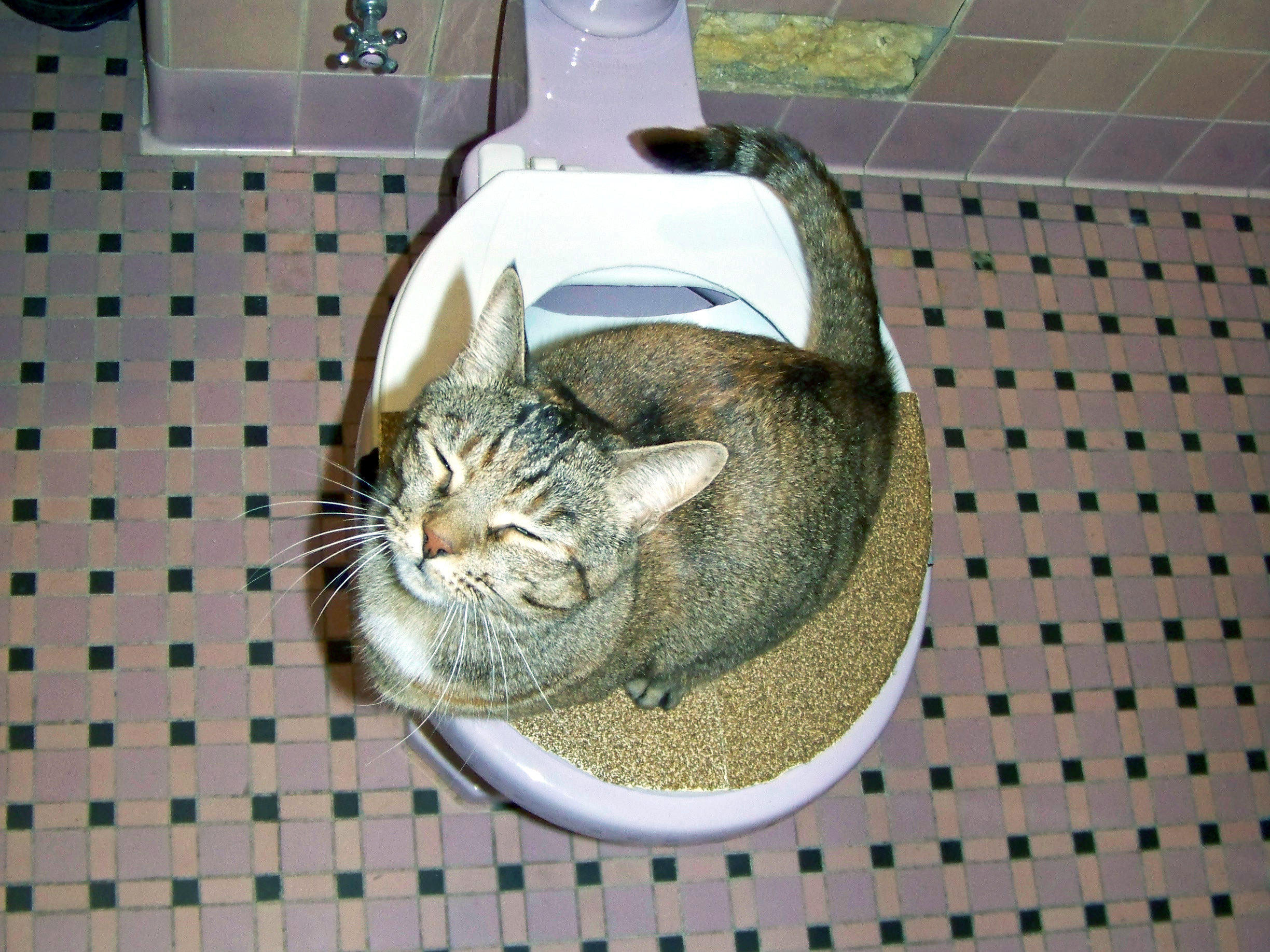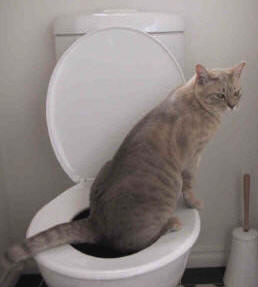Why Flushing Cat Poop Down Your Toilet Can Cause Problems - Recommendations for Proper Handling
Why Flushing Cat Poop Down Your Toilet Can Cause Problems - Recommendations for Proper Handling
Blog Article
Almost everyone is bound to have his or her own theory when it comes to Don’t flush cat feces down the toilet.

Intro
As pet cat owners, it's necessary to bear in mind just how we deal with our feline good friends' waste. While it might appear hassle-free to flush feline poop down the bathroom, this method can have damaging effects for both the atmosphere and human health and wellness.
Ecological Impact
Flushing cat poop introduces harmful virus and bloodsuckers into the supply of water, posing a substantial threat to water ecosystems. These impurities can negatively affect aquatic life and compromise water high quality.
Health and wellness Risks
Along with ecological problems, purging feline waste can also pose health and wellness risks to humans. Pet cat feces may include Toxoplasma gondii, a bloodsucker that can cause toxoplasmosis-- a potentially serious disease, especially for expectant ladies and people with damaged body immune systems.
Alternatives to Flushing
Fortunately, there are safer and a lot more liable means to throw away pet cat poop. Take into consideration the following alternatives:
1. Scoop and Dispose in Trash
The most common method of getting rid of feline poop is to scoop it into a naturally degradable bag and toss it in the trash. Be sure to use a committed clutter inside story and get rid of the waste quickly.
2. Use Biodegradable Litter
Go with eco-friendly feline litter made from products such as corn or wheat. These trashes are environmentally friendly and can be securely gotten rid of in the trash.
3. Hide in the Yard
If you have a yard, take into consideration burying pet cat waste in a designated location away from veggie yards and water sources. Make certain to dig deep enough to stop contamination of groundwater.
4. Install a Pet Waste Disposal System
Purchase a pet dog waste disposal system especially designed for feline waste. These systems utilize enzymes to break down the waste, reducing odor and environmental effect.
Verdict
Liable pet dog possession prolongs past supplying food and shelter-- it likewise entails appropriate waste management. By avoiding flushing pet cat poop down the toilet and opting for alternative disposal approaches, we can lessen our ecological impact and secure human health and wellness.
Why Can’t I Flush Cat Poop?
It Spreads a Parasite
Cats are frequently infected with a parasite called toxoplasma gondii. The parasite causes an infection called toxoplasmosis. It is usually harmless to cats. The parasite only uses cat poop as a host for its eggs. Otherwise, the cat’s immune system usually keeps the infection at low enough levels to maintain its own health. But it does not stop the develop of eggs. These eggs are tiny and surprisingly tough. They may survive for a year before they begin to grow. But that’s the problem.
Our wastewater system is not designed to deal with toxoplasmosis eggs. Instead, most eggs will flush from your toilet into sewers and wastewater management plants. After the sewage is treated for many other harmful things in it, it is typically released into local rivers, lakes, or oceans. Here, the toxoplasmosis eggs can find new hosts, including starfish, crabs, otters, and many other wildlife. For many, this is a significant risk to their health. Toxoplasmosis can also end up infecting water sources that are important for agriculture, which means our deer, pigs, and sheep can get infected too.
Is There Risk to Humans?
There can be a risk to human life from flushing cat poop down the toilet. If you do so, the parasites from your cat’s poop can end up in shellfish, game animals, or livestock. If this meat is then served raw or undercooked, the people who eat it can get sick.
In fact, according to the CDC, 40 million people in the United States are infected with toxoplasma gondii. They get it from exposure to infected seafood, or from some kind of cat poop contamination, like drinking from a stream that is contaminated or touching anything that has come into contact with cat poop. That includes just cleaning a cat litter box.
Most people who get infected with these parasites will not develop any symptoms. However, for pregnant women or for those with compromised immune systems, the parasite can cause severe health problems.
How to Handle Cat Poop
The best way to handle cat poop is actually to clean the box more often. The eggs that the parasite sheds will not become active until one to five days after the cat poops. That means that if you clean daily, you’re much less likely to come into direct contact with infectious eggs.
That said, always dispose of cat poop in the garbage and not down the toilet. Wash your hands before and after you clean the litter box, and bring the bag of poop right outside to your garbage bins.
https://trenchlesssolutionsusa.com/why-cant-i-flush-cat-poop/

Do you enjoy reading up on Can You Flush Cat Poop Down The Toilet?? Give a remark further down. We'd be delighted to see your ideas about this blog post. We are looking forward that you come back again in the near future. Make sure you set aside a second to distribute this content if you enjoyed it. Many thanks for your time. Come back soon.
View Report this page